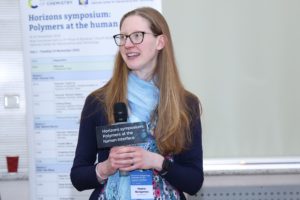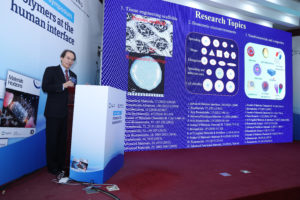In November 2024, Nanoscale Horizons and Materials Horizons held a joint symposium at NCNST in Beijing, China on the topic of polymers at the human interface. The symposium covered a wide range of topics from sensors and theranostics to bioelectronics and drug delivery, and we were joined by many of our Nanoscale Horizons and Materials Horizons editors and community who gave some engaging talks. We would like to thank everyone that took part and joined us in Beijing for this fantastic symposium. We have selected a few of our favourite photos from the event that we would like to share. Feel free to browse the gallery below!
|
|
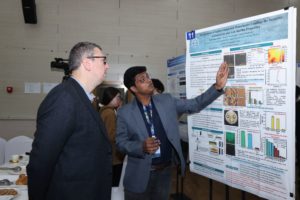 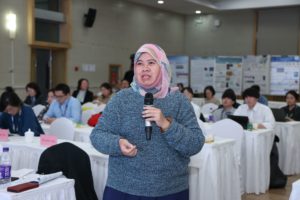 |
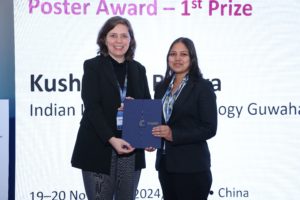 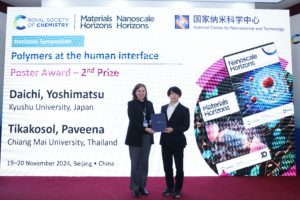 |
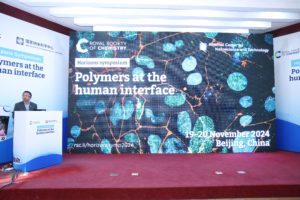 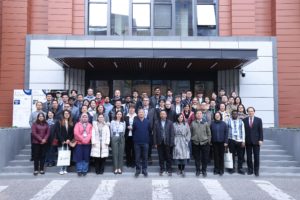 |
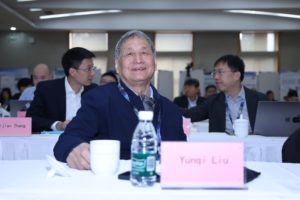 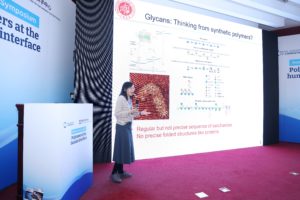 |
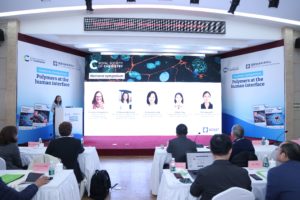 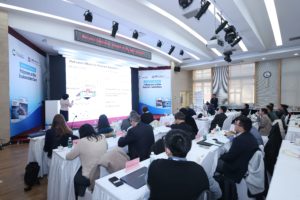 |
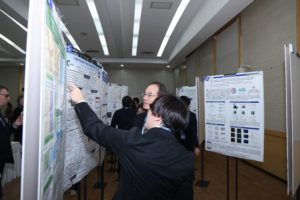 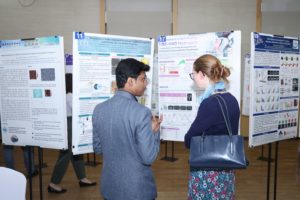 |
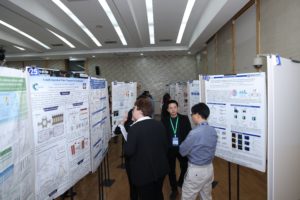 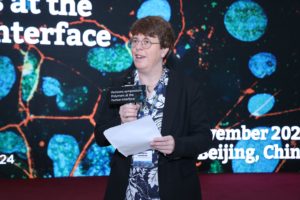 |
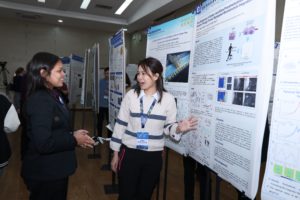 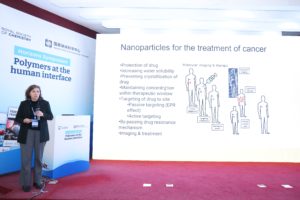 |
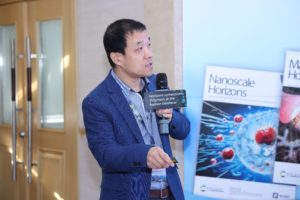 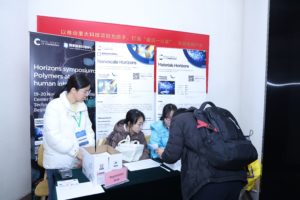 |
Why not also check out our post on WeChat reflecting on the successful event!


